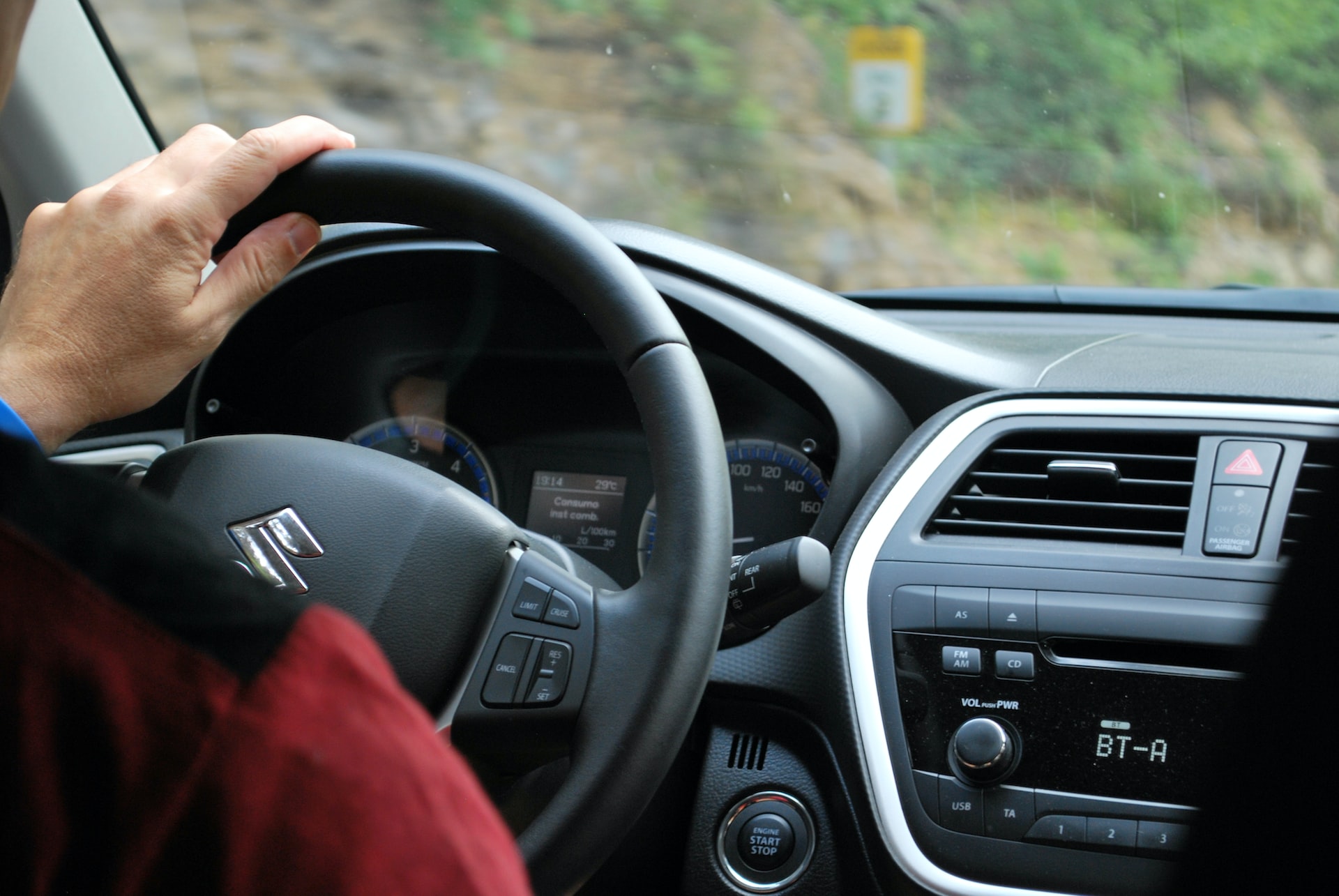You may find it difficult to shop for car insurance if you do not know where to begin.
It is important to note that each state sets its own laws regarding auto insurance, and quotes can vary from one provider to another. When shopping for car insurance, one sure way to ensure that you are getting the best deal is to contact several companies and compare their rates.
Insurance premiums are calculated differently by each insurer, so the cheapest auto insurance provider for one individual may be quite different from the cheapest option for another.
Using this article, you will learn how to shop for car insurance, when you should consider switching providers, and how to save money.
Gather information
Gathering the information you need to get a quote is the first step in shopping for car insurance. As well as your name, address, and date of birth, you should have the following information available:
- Vehicle information, including year, make, model, mileage, and vehicle identification number (VIN)
- Your driver’s license information
- Information for any other drivers who will be on the insurance policy
- Your education and profession
- Your auto insurance history
- Your accident history
- Current coverage information
Determine your needs
As you begin your search for automobile insurance, it is important to determine the type and amount of coverage you will need.
- Liability coverage incorporates both bodily injury liability (BI) and property damage liability (PD). BI covers other drivers and their passengers in accidents you cause, and PD covers other vehicles in accidents you cause.
- Collision coverage covers your vehicle in an accident no matter who is at fault.
- Comprehensive coverage protects your vehicle against environmental factors such as floods, fires, and fallen tree branches, as well as things like theft and vandalism.
- Personal injury protection (PIP) covers medical expenses, lost wages, and death benefits for you and your passengers, no matter who is at fault.
- Medical payments covers medical expenses for both you and your passengers in the event of an accident.
- Underinsured/uninsured motorist coverage protects you when you are in an accident with a driver with no insurance or too little insurance.
In addition to standard insurance, you may see add-on coverage options from insurers for things such as:
- Roadside assistance plans
- Accident forgiveness
- Gap insurance
- Mechanical breakdown insurance
- Rental car reimbursement
Get insurance quotes
As soon as you have your information ready and know what coverage you need, you should start contacting car insurance companies for quotes.
Most insurance companies allow you to obtain instant car insurance quotes online.
However, you will have to visit each provider’s website and enter your information multiple times, which can be time consuming.
There are websites that will take your information and shop for you, but expect a lot of phone calls and emails to follow if you go this route.
Compare rates
In order to make an informed decision when comparing rates between providers, it is very important that you understand how premium costs are calculated.
A variety of factors are taken into account when calculating car insurance rates, including the driver’s profile and the vehicle being covered.
Here are some common factors that car insurance companies consider when calculating rates:
- Age. In general, young drivers tend to pay more for auto insurance than older drivers, although after the age of 25 you can expect to see a decline in rates.
- Having a good credit score will result in a lower insurance premium. There are, however, some states that have banned the use of credit scores when calculating car insurance rates, including California, Hawaii, Massachusetts, Michigan, and Washington.
- Generally, the lowest rates are offered to drivers without accidents or traffic violations on their driving records.
- A married driver will typically pay less for car insurance than a single driver.
- Location. Each state has its own car insurance requirements, so you may have to pay more depending on where you live. Your insurance rates can also be affected by the city you live in, especially if there are a large number of accidents or a high theft rate.
- Vehicle. If you own an expensive vehicle, you will be required to pay a higher premium for car insurance coverage since it is more costly to replace and repair.
Purchase a policy
All that’s left to do is buy a car insurance policy once you’ve chosen an insurance provider.
Your insurance card will be mailed to you once the initial payment is made, whether you purchase your insurance online or through your local agent.
Today, however, most of use a smartphone and often have an electronic ID Card to save in their phone wallet.


